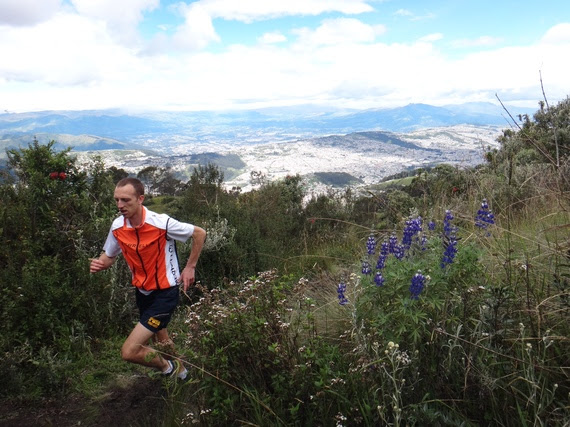
Leonardo Da Vinci once said “the human foot is a masterpiece of engineering, and a work of art”. Following my 4300 km run from John O’Groats to the Sahara desert- my feet did not resemble a work of art. They looked that they had gone 12 rounds with a lawnmower.
It is critically important to look after your feet. As a runner, they are your tools of the trade. For me there is simply too much at stake not to look after them. Being able to run, to hit the green gym and get out in nature keeps me healthy and happy. If you look after your feet, they will look after you.
Having run in some of the most challenging conditions on earth, from various deserts, to the jungles of Indonesia, and the biting cold of the polar regions, as a scientist I have been interested to know:
- What can go wrong with your feet
- How can you avoid these problems arising
WHAT CAN GO WRONG
There is no shortage of maladies that can affect your feet. Here are some of the biggies that can stop you in your tracks
Blisters
- Most common on the balls of the feet, between the toes, and sometimes on the heel. Caused by friction, and/ or unaccustomed exercise.
Achilles tendon issues
- While an Achilles injury was responsible for the death of Achilles, the hero of the Trojan war- nevertheless Achilles tendon problems are the most common chronic running injury. My Achilles tendons looked like sticks of rhubarb when I ran to the Sahara.
Stress Fractures
- While blisters, Achilles tendon problems, and most other injuries limit running, stress fractures stop you running, for at least six weeks until they heal. The sworn enemy of the long distance runner.
Over 75% of running injuries are “over-use” injuries. That is not to say that it is the total amount of running is too much, but they are almost always due to too big an increase in either i) volume (total amount) or ii) intensity (running faster/ on more difficult terrain) or biomechanical factors. These are the root cause of the injury- the foot is merely the victim in this circumstance.
AVOIDING INJURY- PROTECTING YOUR FEET
Treat the cause. Albert Einstein said “the definition of insanity is to do the same thing over and over again and to expect different results. So treat the cause!!!
Volume of training
- Build your training up gradually- by 10-15% per week. This allows your body and your feet to get used to the extra load – ramping up too quickly is a one way ticket to the physio/ doctors couch.
Intensity of training
- Build up the speed of your running gradually. It is also wise to introduce steep hills, or track sessions on a gradual basis.
Biomechanics
- Biomechanics in simple terms is the way your body moves. What you wear on your feet is important. Find a shoe (and socks) of good quality, ones that feel comfortable when you, hike or walk. It’s often forgotten that women have a different foot shape to men. There is footwear that cater for this, like the new Merrell Siren Sport Q2 that is tailored specifically to the female foot. Most runners also could benefit from doing some strength work – most of the top athletes work on their gluts for example which can help prevent injury, and can improve performance and help you get that PB.
Dr. Andrew Murray is a Merrell UK ambassador.






There are no comments on this post
Be the first to leave a comment!